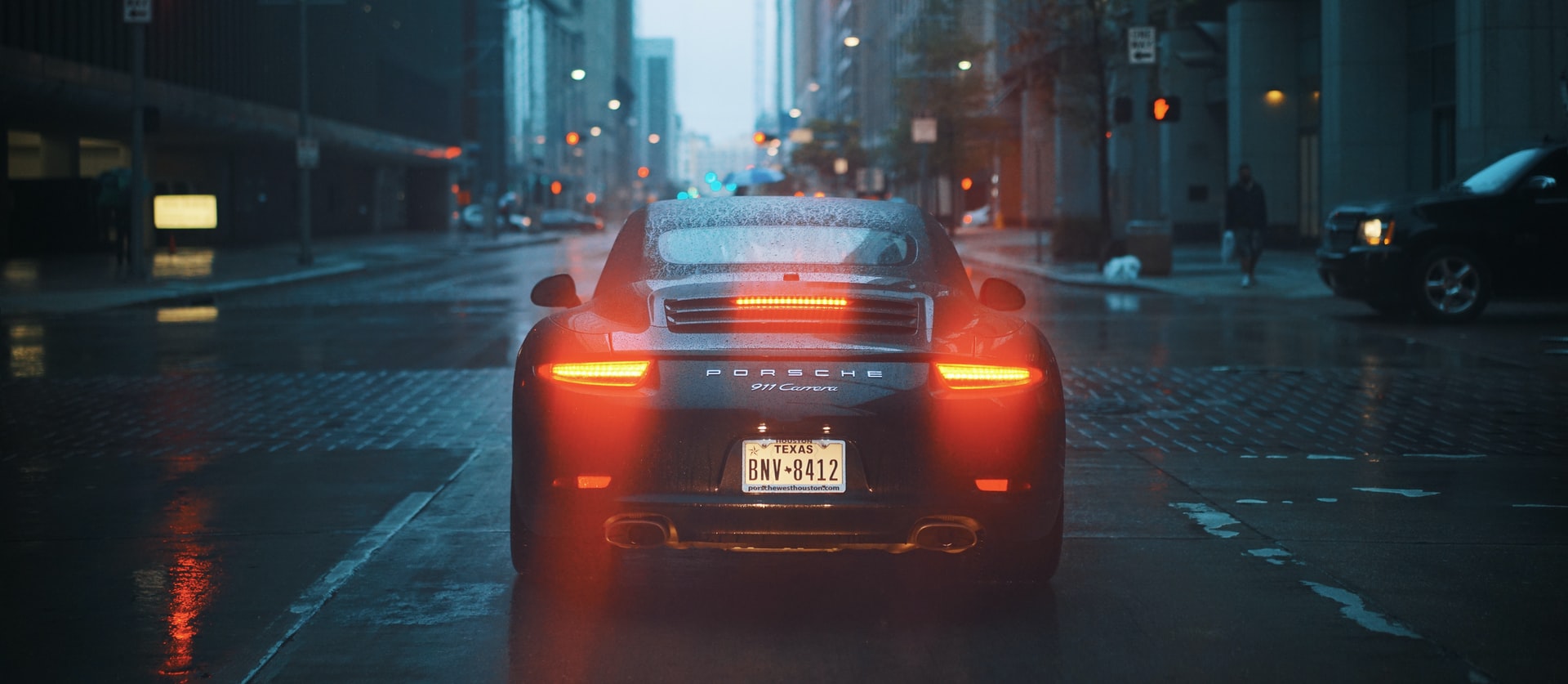
4 Safe Driving Tips No One Ever Tells You
Being injured in a car accident is an experience no one wants to have. If you drive, odds are good you’re familiar with some of the basic steps you can take to avoid harming yourself or others on the road. They include obeying the speed limit, not driving while intoxicated, and refraining from overly aggressive driving.
However, there are other ways to avoid being involved in car accidents that are not quite as well-known. You should be familiar with them. Applying the tips here can further improve your chances of staying safe behind the wheel.
(Tip: Accidents can happen even when drivers are responsible. You may potentially be involved in an accident because another driver was negligent. If this happens, strongly consider discussing your case with a car accident attorney. They can potentially boost your odds of recovering compensation for your medical bills and other such losses. Click here for more information.)
Lesser-known (but still essential) car accident prevention tips to keep in mind include:
1. Drive a White Car
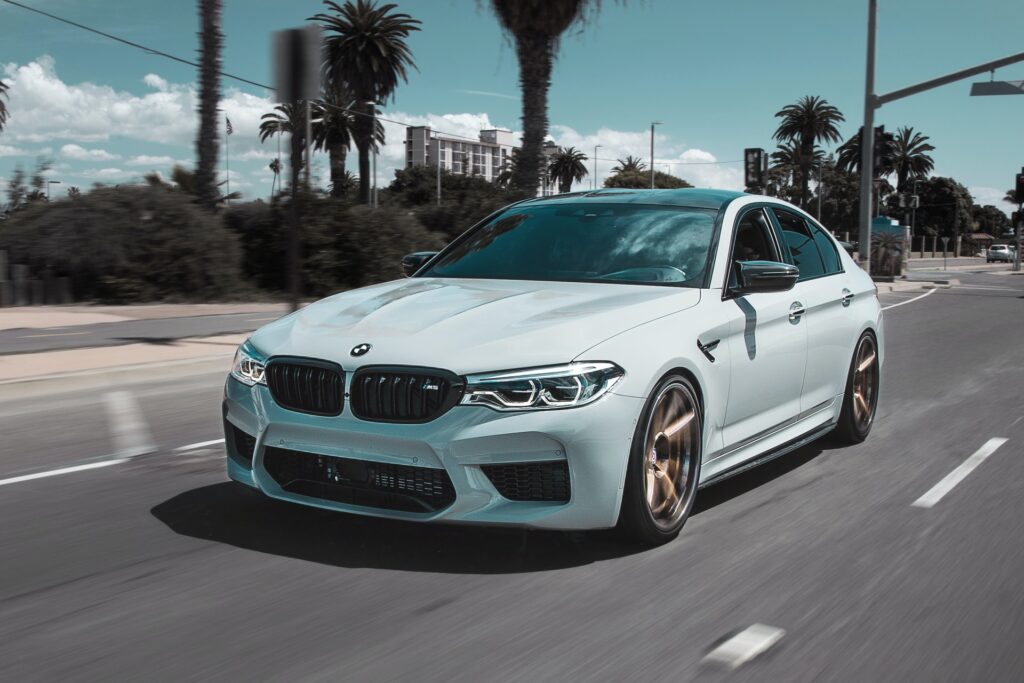
You’re probably not thinking about safety issues when you choose which color vehicle to drive. It’s more likely you’re considering your own personal tastes when deciding whether to purchase a black car, blue car, red car, etc.
This is understandable and common. Most people don’t realize the degree to which a vehicle’s color can impact their chances of being injured in a car accident.
Don’t overlook this factor when purchasing or renting a vehicle. For instance, black cars are substantially more likely to be involved in accidents than cars of other colors. This is because black cars are often difficult for other drivers to spot on the road.
Grey cars have also been found to be involved in accidents at higher rates than others. This is due to the fact that they can blend in with the road. They’re also particularly difficult to see in foggy and/or rainy conditions.
Blue and red cars are somewhat less likely to be involved in accidents, but that’s not to say they’re perfect. Blue cars may still be involved in accidents because they blend in with the color of the sky. One might think red cars will stand out, but in reality, they often become difficult to distinguish from other common elements on and near a road, such as street signs, police lights, and more.
Research shows that white cars are the safest to drive. Remember this when it comes time for you to purchase your next vehicle.
2. Wait When the Light Turns Green
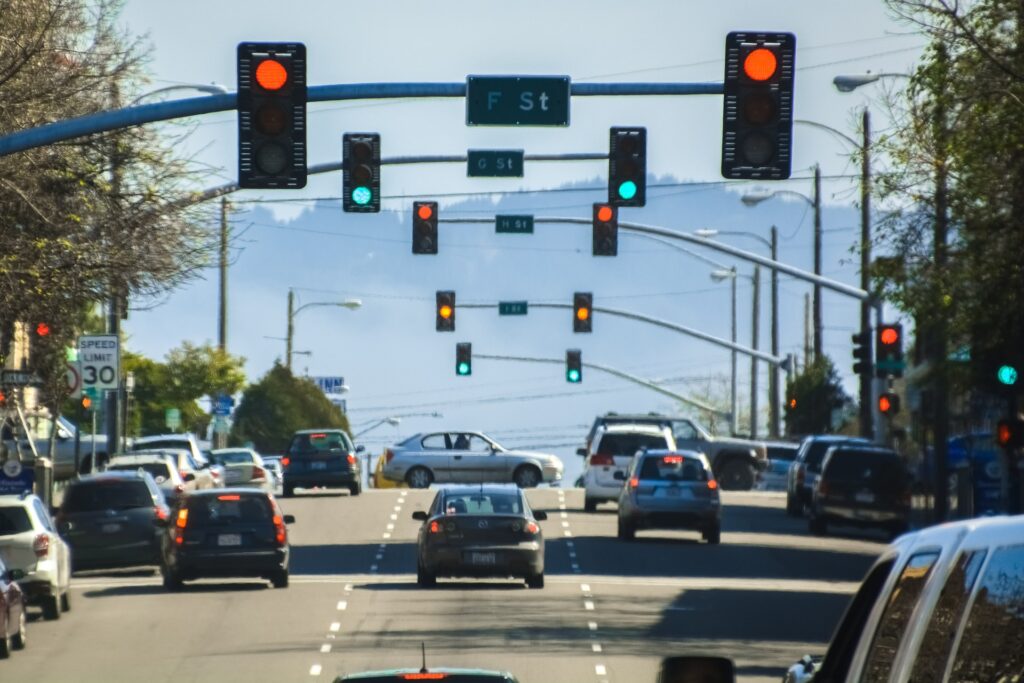
The impulse to start driving the moment a red light turns green is a common one. This is partially because other drivers tend to get impatient very quickly if a driver at the front of the line waits for even a quick moment before moving when the traffic signal tells them it’s safe to proceed.
However, it’s important to keep in mind that some people run red lights because they were trying to speed through the intersection before a yellow light turned red. This can cause serious accidents.
When the light turns green, unless you’re in an area where you can easily determine that there are no red-light runners nearby, wait a second or two before heading into the intersection. True, this might annoy some drivers behind you, but their minor frustration doesn’t matter when personal safety is involved.
3. Research Dangerous Intersections
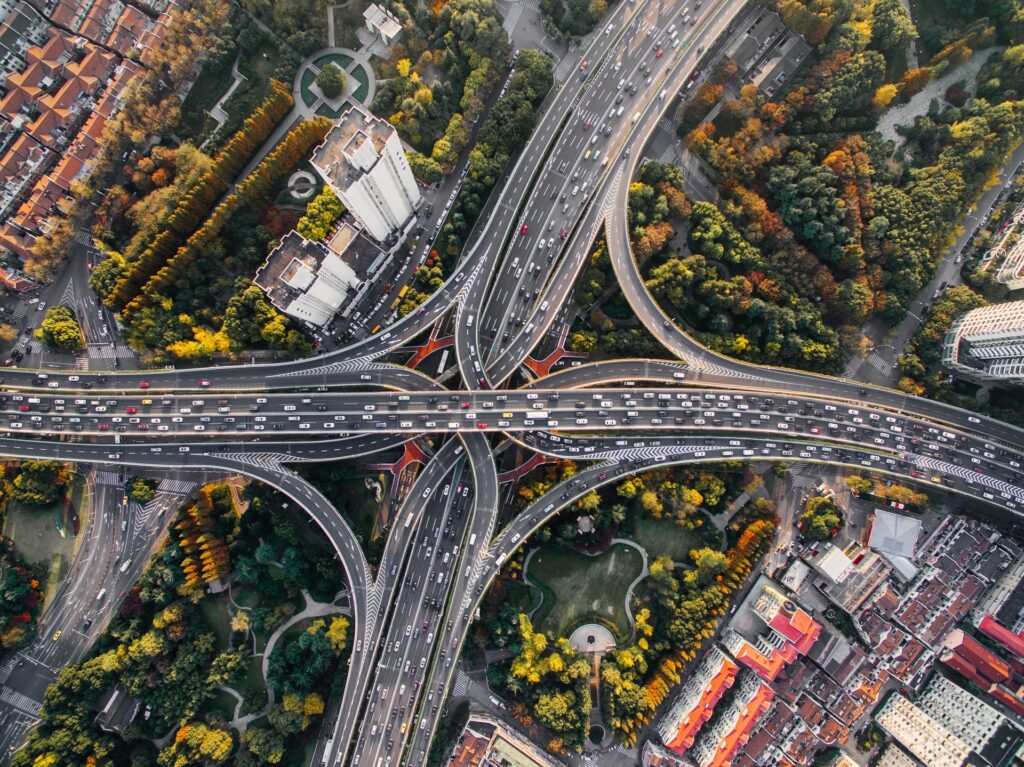
It’s not uncommon for state and county governments to keep records indicating which roads and intersections in their areas are the most dangerous. When driving anywhere, whether it’s an area you know or someplace you’re unfamiliar with, research this data. It can tell you which roads and intersections you may want to avoid. True, there may be some instances when you simply can’t reach your destination without driving on a dangerous road, but at least you’ll now know to exercise extreme caution when driving in these areas.
In other cases, you can also choose to avoid these roads and intersections entirely. While your alternate route might add a few minutes to your trip, that’s a small price to pay for avoiding a car accident.
4. Don’t Eat While Driving
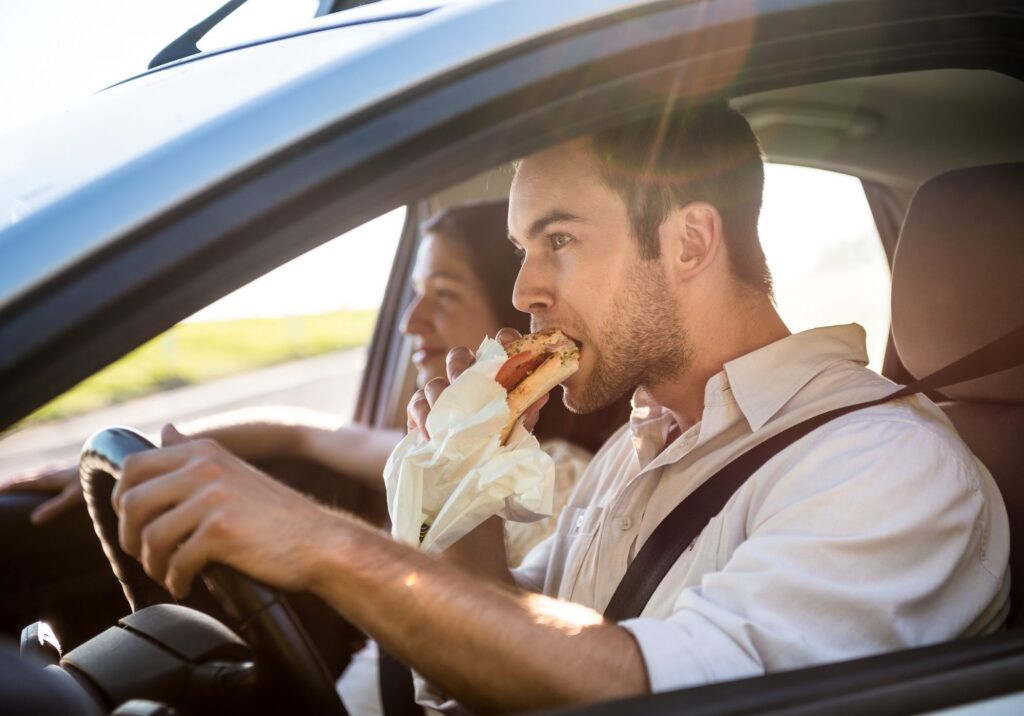
So many people eat or drink (non-alcoholic beverages, of course!) while driving that they never stop to consider how doing so can significantly influence their chances of being harmed in a car accident.
Don’t make this common mistake! Eating or drinking behind the wheel is far more dangerous than many realize. There are simply numerous ways that eating while driving can boost your chances of being injured.
Maybe you’re drinking your morning coffee in the car on your way to work. If you hit a pothole, you might spill the coffee on yourself. In this moment of immediate and unexpected pain, you will have major difficulty paying attention to the road in front of you and the other vehicles surrounding you.
The same can happen if you’re eating a meal and you take a larger bite than expected. This may result in minor choking. That’s naturally going to have a limiting impact on your ability to focus on safe driving.
Again, because eating while driving is such a normalized behavior, you might not think of it as risky. Unfortunately, it can result in serious accidents. You’re much better off waiting until you’ve reached your destination before having a meal.
Be aware, engaging in an unsafe habit such as this could even potentially reduce your chances of recovering full compensation after an accident, even if said accident resulted from another party’s negligence. An insurer could argue you’re at least partially to blame for your accident occurring because you made the dangerous choice to let yourself be distracted while driving.
Most importantly, don’t merely absorb this information. Make a point of applying these tips consciously when you’re driving. The more steps you take in an effort to avoid being involved in an accident, the greater your chances of staying safe.
That’s a simple point, but sadly, it’s one that too many drivers don’t consider. The results of their negligence can be devastating.
